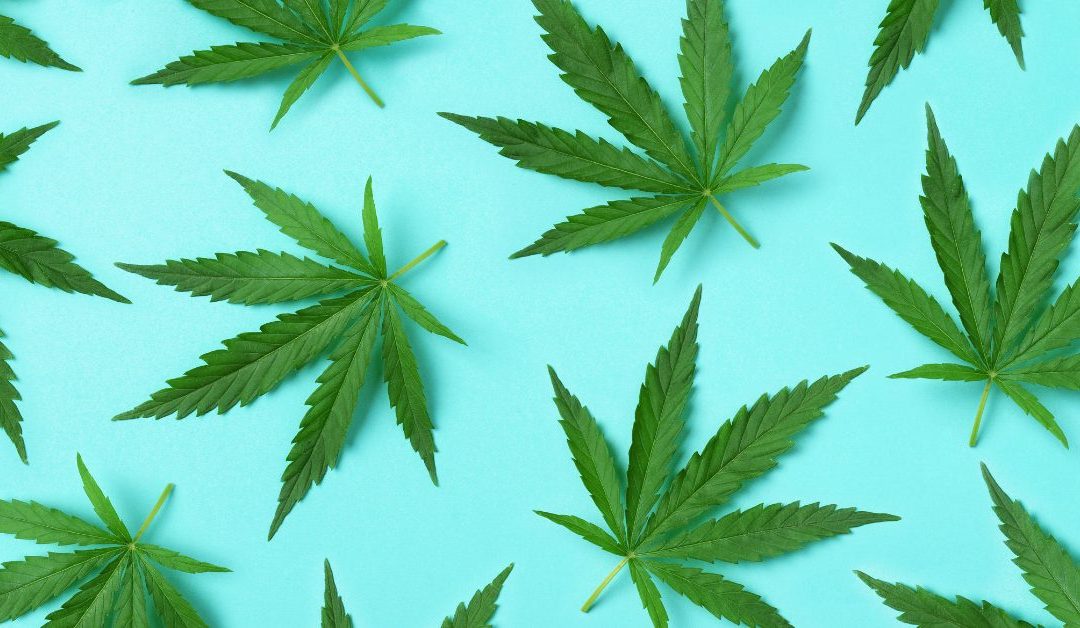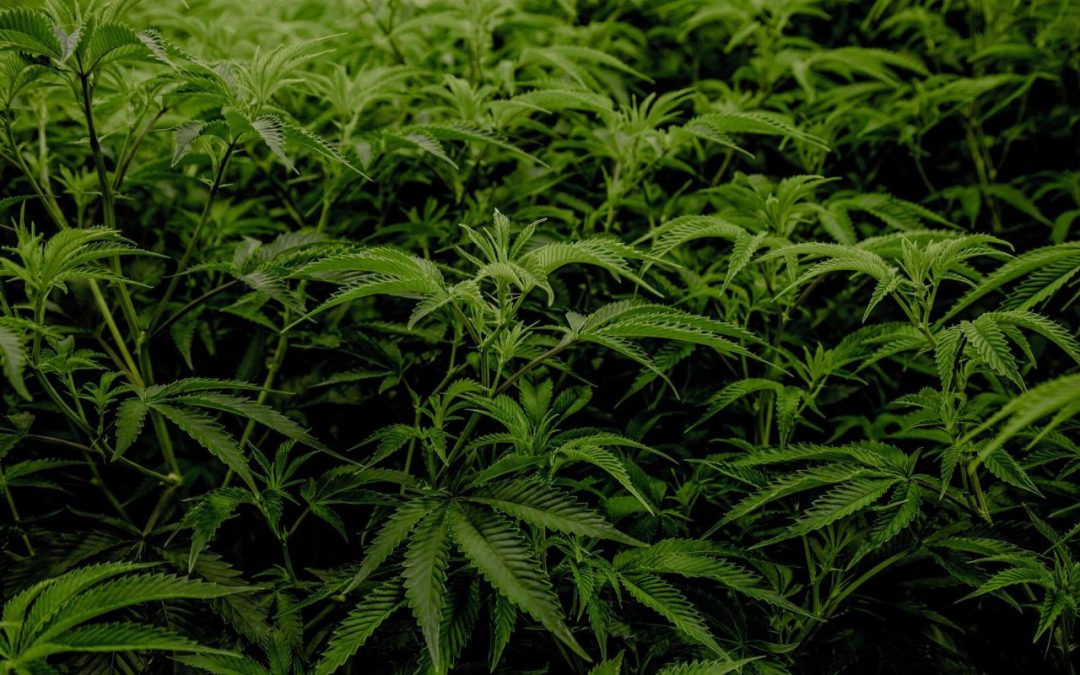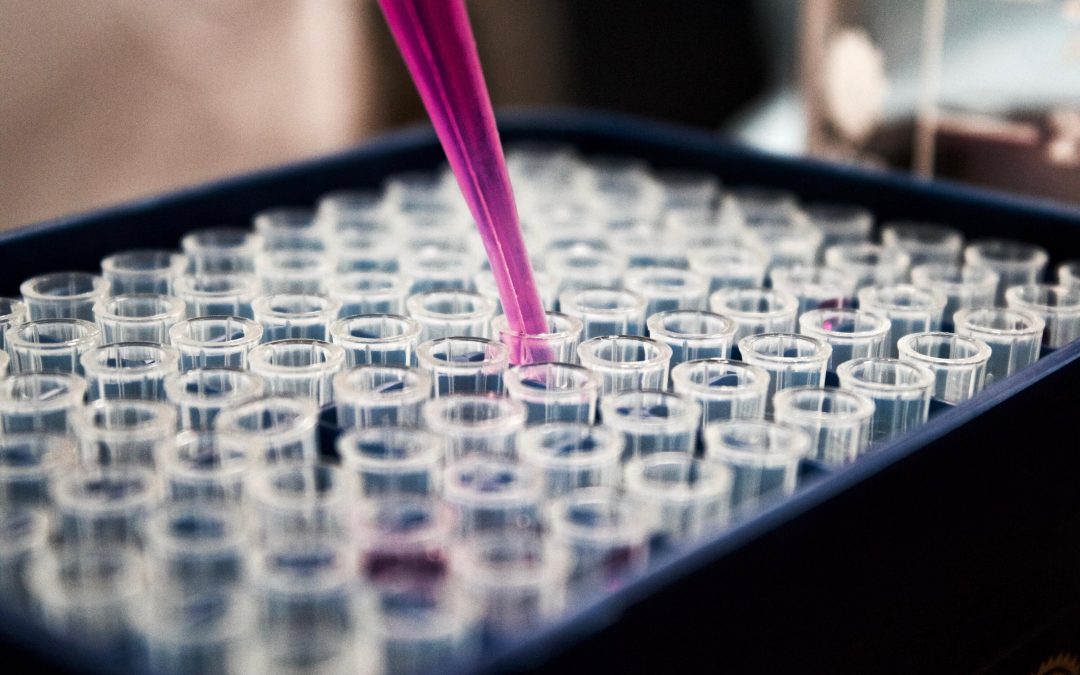
Comparing the Cannabis Industry to Other Industries
A Look at Revenue Potential and Market Growth
Table of Contents:
- Introduction
- Comparison to Other Industries
- Alcohol Industry
- Tobacco Industry
- Pharmaceutical Industry
- Agricultural Industry
- Revenue Figures for Other Industries
- Alcohol Industry
- Tobacco Industry
- Pharmaceutical Industry
- Agricultural Industry
- Computer Industry vs. Cannabis Industry
- Legal Cannabis Market Value and Growth Projections
- Conclusion
Comparing the Cannabis Industry to Other Industries.
The cannabis industry has been compared to several other industries in terms of revenue potential. Some of the industries that it is commonly compared to include:
- The alcohol industry: The global market for legal cannabis is expected to reach $73.6 billion by 2027, which is similar to the size of the global market for alcohol.
- The tobacco industry: The cannabis market is also compared to the tobacco industry, as both products are consumed in a similar way (i.e., through smoking or vaporization).
- The pharmaceutical industry: As more states legalize cannabis for medical use, the industry is also being compared to the pharmaceutical industry, as cannabis-based medicines are becoming more mainstream.
- The agricultural industry: As cannabis is a plant-based product, the industry is also being compared to the agricultural industry in terms of cultivation and farming.
Please note that the cannabis industry is still in its early stages and the revenues and the size of the market may change in the future.
What are revenues for Alcohol, Tobacco, Pharmaceutical, and Agricultural industries
The exact revenue figures for the cannabis industry compared to other industries can vary depending on the source and the time period being considered? However, some estimates for revenue in certain industries include
- The alcohol industry: The global market for alcohol was valued at around $1.3 trillion in 2018 and is expected to reach $1.9 trillion by 2025.
- The tobacco industry: The global tobacco market was valued at around $814 billion in 2020 and is expected to reach $932 billion by 2028.
- The pharmaceutical industry: The global pharmaceutical market was valued at around $1.2 trillion in 2020 and is expected to reach $1.5 trillion by 2023.
- The agricultural industry: The global agricultural market was valued at around $5 trillion in 2020.
When comparing the Cannabis Industry to Other Industries it’s important to note that the cannabis industry is still in its early stages and the revenues and the size of the market may change in the future. Also, since cannabis is a schedule I substance under US federal law and is illegal in some countries, accurate financial figures are hard to come by.
How About Computers vs Cannabis?
The computer industry is a large and diverse industry that encompasses a wide range of products and services. Some estimates for revenue in the computer industry include:
- The global computer hardware market was valued at around $463 billion in 2020 and is expected to reach $542 billion by 2028.
- The global computer software market was valued at around $527 billion in 2020 and is expected to reach $735 billion by 2028.
- The global IT services market was valued at around $1.2 trillion in 2020 and is expected to reach $1.8 trillion by 2028.
It’s important to note that these are rough estimates and the numbers can vary depending on the source and the time period being considered. Also, the computer industry is a rapidly changing field and the revenues and the size of the market may change in the future.
What was the value of the global cannabis market in 2020?
- The global legal cannabis market was valued at around $17.5 billion in 2020 and is expected to reach $73.6 billion by 2027
The cannabis industry is a rapidly growing industry with increasing revenue potential. However, since cannabis is still illegal at the federal level in the United States and some countries, accurate figures on the size of the industry can be difficult to come by. However, some estimates for the global legal cannabis market include
What CAGR is the cannabis market projected to grow during the forecast period (2021-2028)?
- Growing at a CAGR of 28.3% during the forecast period.
- The North American market for legal cannabis was valued at around $11.3 billion in 2018 and is expected to reach $47.3 billion by 2027, growing at a CAGR of 18.1% during the forecast period.
- In the United States, the legal cannabis market was valued at around $8.5 billion in 2018 and is expected to reach $47.3 billion by 2027, growing at a CAGR of 18.1% during the forecast period.
When comparing the Cannabis Industry to other industries it’s important to note that these are rough estimates, and the numbers can vary depending on the source and the time period being considered. Also, since cannabis is still illegal in some countries and the legal scenario is changing constantly, the revenues and the size of the market may change in the future.
The most lucrative sector of the cannabis industry can vary depending on the market and the time period being considered. Currently, some of the most lucrative sectors of the cannabis industry include
Cultivation and production: This sector includes the growing, harvesting, and processing of cannabis plants. As the demand for cannabis products increases, the demand for cannabis cultivation and production is also expected to increase.
Retail and dispensaries: This sector includes the sale of cannabis products to consumers through dispensaries and other retail outlets. As more states legalize cannabis for medicinal and recreational use, the demand for dispensaries and other retail outlets is also expected to increase.
Extracts and concentrates: This sector includes the production of cannabis extracts and concentrates, such as oils and edibles. This sector is expected to grow as more consumers turn to products with higher THC and CBD content.
Medical cannabis: This sector includes the production and sale of cannabis products specifically for medical use. As more states legalize cannabis for medical use, the demand for medical cannabis is also expected to increase.
As for the biggest players in the cannabis industry, it’s a fast-changing and competitive market with a large number of companies, ranging from small startups to large publicly traded companies, operating in various sectors. Some of the biggest players in the cannabis industry include
- Canopy Growth Corporation: A Canadian company that is considered one of the largest cannabis companies in the world.
- Aurora Cannabis Inc.: A Canadian company that is considered one of the largest cannabis companies in the world.
- Tilray: A Canadian-based pharmaceutical and cannabis company.
- Aphria Inc.: A Canadian company that is considered one of the largest cannabis companies in the world.
- GW Pharmaceuticals: A British-based biopharmaceutical company that specializes in developing cannabis-based medicines.
- MedMen Enterprises: A US-based cannabis retail company with dispensaries and cultivation facilities in several states.
It’s important to note that this is not an exhaustive list, and the industry is still rapidly evolving, new companies are emerging and some others may fall behind.
What about the cannabis black markets?
It’s difficult to estimate the size of the black market for cannabis, as the illegal nature of the industry makes it difficult to track and measure. However, some estimates suggest that the black market for cannabis is still quite large and continues to operate in many areas where cannabis is not yet legal.
It’s important to note that black-market cannabis sales are not included in the legal cannabis market revenue figures that I provided earlier. Black market cannabis is sold at lower prices than legal cannabis, but the revenue generated from the black market is not reported or tracked. The black market figures are hard to estimate, but it’s believed that it’s still a significant portion of the total cannabis market worldwide.
It’s also important to note that the legalization of cannabis in certain states and countries may lead to a decrease in black market sales as more people turn to legal sources for cannabis. However, it’s still uncertain whether the black market will be completely eliminated once cannabis is fully legal, as some people may prefer to purchase cannabis from illegal sources due to lower prices or other factors.
What’s the estimated dollar value of the illegal cannabis industry?
It is difficult to estimate the exact dollar value of the illegal cannabis industry, as it operates in the shadows and it’s not reported. However, some estimates have been made based on various factors such as the number of cannabis plants seized by law enforcement, the number of arrests related to cannabis offences, and the number of cannabis plants grown in certain areas. These estimates can vary widely depending on the source and the time period being considered.
Some estimates suggest that the global illegal cannabis market could be worth tens of billions of dollars, if not more. For example, in the United States alone, it’s estimated that the illegal cannabis market could be worth as much as $40 billion annually. However, it’s worth mentioning that these estimates are rough and uncertain, as it’s difficult to track the illegal market and it’s hard to know how much of the illegal market is being captured by law enforcement.
It’s also important to note that the illegal cannabis market may be affected by the legalization of cannabis in certain states and countries. As more people turn to legal sources for cannabis, the illegal market may decrease, but it’s uncertain whether it will be completely eliminated once cannabis is fully legal.
Is cannabis one of the fastest-growing industries?
Cannabis is considered one of the fastest-growing industries in recent years. The legalization of cannabis for medicinal and/or recreational use in several states and countries has led to a significant increase in demand for cannabis products, which has in turn led to the growth of the cannabis industry.
According to a report from Grand View Research, the global legal cannabis market size was valued at USD 17.5 billion in 2020 and is expected to expand at a compound annual growth rate (CAGR) of 28.3% from 2021 to 2028. The market growth is attributed to the increasing legalization of cannabis for medical and recreational use and rising awareness about the therapeutic properties of cannabis.
In addition, the North American cannabis market is expected to grow at a CAGR of 18.1% during the forecast period. The U.S. market is expected to dominate the North American cannabis market due to the increasing legalization of cannabis in the country.
It’s worth noting that the cannabis industry is still in its early stages and there is a lot of uncertainty and unpredictability. The legal and regulatory landscape is still changing and evolving and it’s hard to know how it will be in the future. However, as of now, it’s considered one of the fastest-growing industries.
My sources come from a variety of reports and articles from reputable research firms, market research companies, and business news outlets. Some of the sources that I used include
- Reports from Grand View Research, a market research and consulting company that provides market research reports, industry analysis, and custom research services.
- Reports from Mordor Intelligence, a market research and consulting firm that provides a wide range of market research services.
- Reports from Zion Market Research, a market research company that provides market research reports, industry analysis, and custom research services.
- Articles from Business Insider, a business, celebrity, and technology news website that provides business news and analysis.
- Articles from Forbes, a global media company that focuses on business, investing, technology, entrepreneurship, leadership, and lifestyle.
These sources are reputable and widely used in the industry and are considered reliable. However, please note that the cannabis industry is still in its early stages and the revenues and the size of the market may change in the future. Additionally, since cannabis is illegal at the federal level in some countries, accurate figures on the size of the industry can be difficult to come by.






